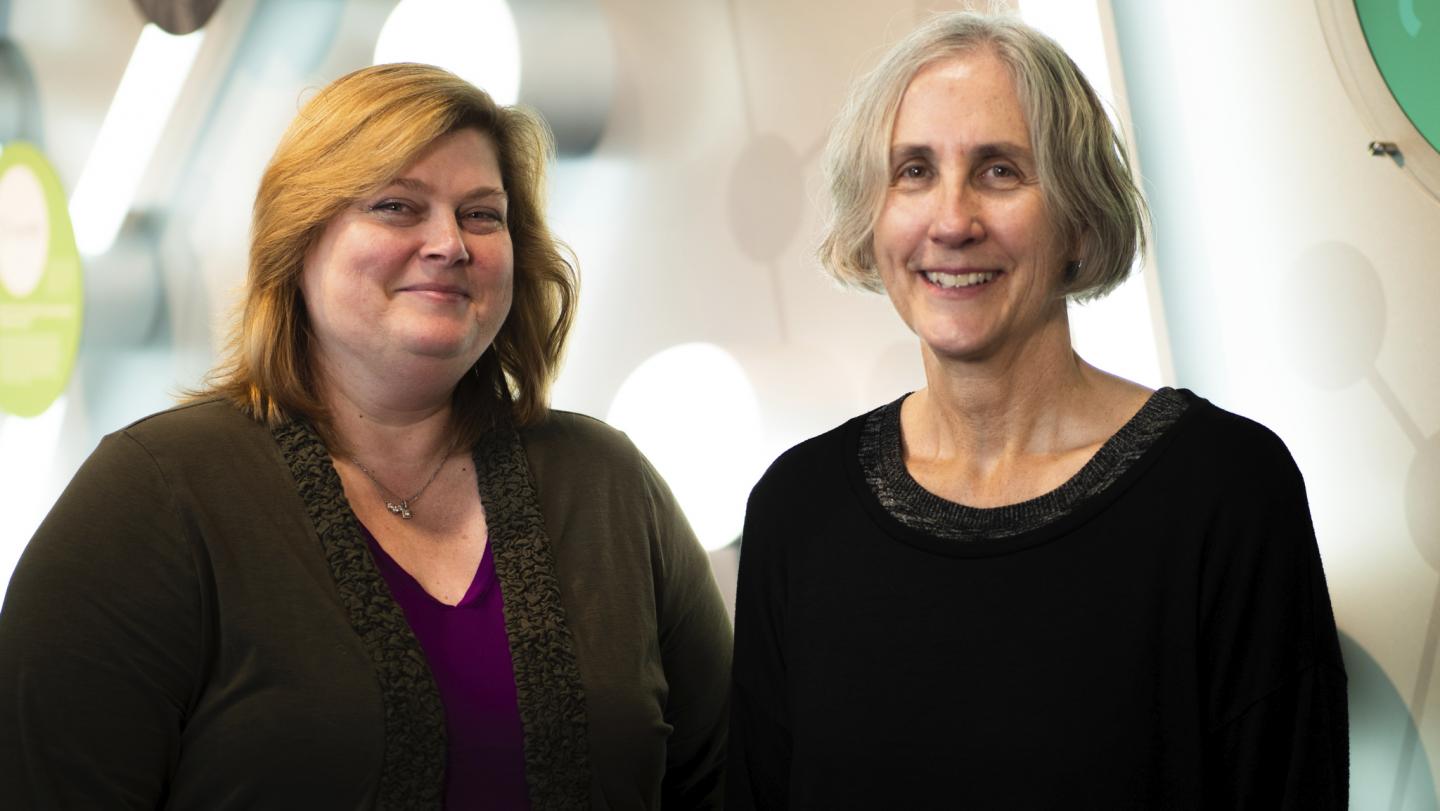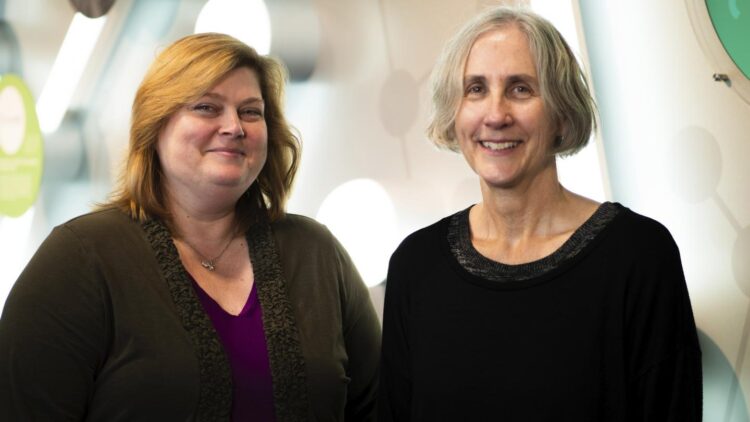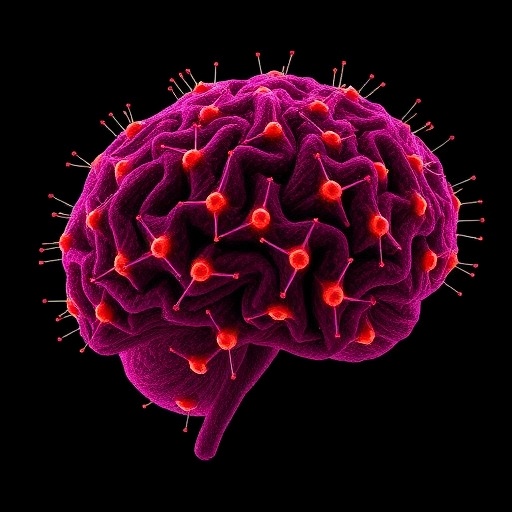New methodologies and tools may be applicable to additional global health concerns

Credit: Regenstrief Institute
INDIANAPOLIS – Regenstrief Institute has propelled the translation of existing human readable clinical guidelines into computerized clinical decision support for family planning and for sexually transmitted infections (STI). This is a step toward enabling electronic medical record systems and health information exchanges around the world to recognize and act upon these standards.
The work was accomplished under a contract by the World Health Organization’s Department of Sexual and Reproductive Health and Research (SRH) including the UNDP-UNFPA-UNICEF-WHO-World Bank Special Programme of Research, Development and Research Training in Human Reproduction (HRP) in partnership with DCG Technical Solutions, WHO and HRP.
The lessons learned, the methodologies, and tools developed for family planning and STIs also may be applicable to tuberculosis, HIV and other global health concerns.
As low- and middle-income countries move from paper to electronic medical records and begin to think more broadly about healthcare data uses in the clinic and beyond the current visit of a specific patient, the challenges of clinician support, data standardization and interoperability have become apparent.
Under the WHO contract, Regenstrief bioinformaticians from the institute’s Clem McDonald Center for Biomedical Informatics mapped the human readable data dictionary standards needed to translate existing human readable clinical guidelines into standardized technical guidelines usable in clinical decision support implementations. This tooling will be especially useful in environments with few doctors where clinical care is frequently provided by physician extenders — nurses or local community workers, for example — with varying levels of training.
Computerized clinical decision support does not replace the provider’s own cognitive processes and knowledge base; it acts as an enabler helping remind the care provider of appropriate guidelines or introduces them to guidelines of which they are unaware. For example:
- For what STIs should a 23-year-old patient with vaginal discharge be tested?
- What are the best family planning options for a 40-year-old woman who smokes and desires to avoid pregnancy?
“It is difficult to implement point-of-care systems to provide clinical support and collect data in a way that improves patient care and supports additional data uses such as surveillance and other local, regional, national and global needs,” said Regenstrief Senior Integration Architect Jennifer Shivers, MFA, who is leading the project and managing the Regenstrief team in the development of processes to computerize guidelines. “Moving from document-based clinical guidelines designed for human consumption to a format more conducive for use in computer systems is an important step toward supporting the interoperability needed for these complex and intertwined data uses.”
Regenstrief has a well-recognized history of work in the areas of development and maintenance of clinical terminologies, point-of-care systems and interoperability as well as groundbreaking projects related to electronic medical record systems, health information exchange and clinical decision support.
“It’s exciting that WHO has chosen to do this. WHO is farsighted to recognize the need for electronic clinical decision support and quality support. This is one of the first steps in this direction and it’s a critical one,” said Regenstrief Research Scientist and Associate Director of the Institute’s Global Health Informatics Program Theresa Cullen, M.D., M.S. “Regenstrief brought a unique set of skills to this endeavor. We have extensive experience in the development, mapping and maintenance of clinical terminologies, point-of-care systems, and interoperability as exemplified through our work with LOINC, OpenMRS, OpenHIE and other projects.” Dr. Cullen is also the interim director of strategic planning and communications for LOINC.
Dr. Cullen, a family practice physician, and Regenstrief Research Scientist Paul Biondich, M.D., M.S., a pediatrician, are the leaders of Regenstrief’s extensive global health informatics program and the subject matter experts advising the new WHO project. Global health business analyst Joe Amlung, MPH and Regenstrief Research Scientist Burke Mamlin, M.D., an internist and global health informatics expert, are also team members, along with Shivers.
In the project, “Mapping Family Planning (FP) and Sexually Transmitted Infection (STI) Guidelines’ Core Data Sets to FHIR Resources,” Regenstrief was tasked with taking core data elements, mapping them to standard terminologies, modeling them in Fast Healthcare Interoperability Resources (FHIR) and creating FHIR profiles that will be used as a foundation for creating a FHIR Implementation Guide for data standardization and interoperability.
###
About Regenstrief Institute
Founded in 1969 in Indianapolis, the Regenstrief Institute is a local, national and global leader dedicated to a world where better information empowers people to end disease and realize true health. A key research partner to Indiana University, Regenstrief and its research scientists are responsible for a growing number of major healthcare innovations and studies. Examples range from the development of global health information technology standards that enable the use and interoperability of electronic health records to improving patient-physician communications, to creating models of care that inform practice and improve the lives of patients around the globe.
Regenstrief Institute is celebrating 50 years of healthcare innovation July 1, 2019-June 30, 2020. Sam Regenstrief, a successful entrepreneur from Connersville, Indiana, founded the institute with the goal of making healthcare more efficient and accessible for everyone. His vision continues to guide the institute’s research mission.
About the Global Health Informatics Program at Regenstrief Institute
The mission of Regenstrief’s Global Informatics Program is to achieve health equity for resource-constrained communities through health information technologies. Working with colleagues around the world, GHI supports the development and implementation of principles, approaches and open technologies designed for use in resource-limited settings.
Media Contact
Cindy Fox Aisen
[email protected]






